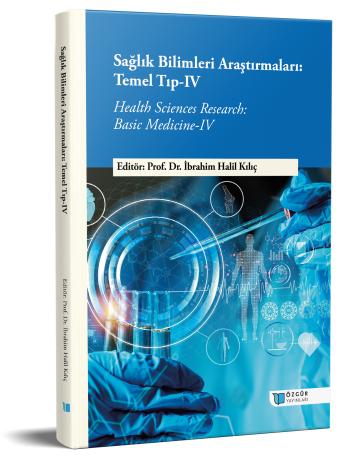
Amiloid Beta Peptidler: in-vitro Alzheimer Hastalığı Toksisite Modellerinde Kullanımları
Şu kitabın bölümü:
Kılıç,
İ.
H.
(ed.)
2023.
Sağlık Bilimleri Araştırmaları: Temel Tıp- IV.
Özet
Alzheimer Hastalığı, hücre içinde amiloid beta plaklarının ve hiperfosforile mikrotübül ile ilişkili proteinin birikmesine bağlı olarak nörofibriler yumakların oluşmasıyla karakterize ilerleyici bir nörodejeneratif durumdur. Deneysel AD modellerinin kullanımı AD patolojisinin anlaşılması ve yeni tedavi yaklaşımlarının geliştirilmesi açısından çok önemlidir. Ancak temel araştırmalardan elde edilen verilerin klinik çalışmalarda oldukça düşük başarı oranları sergilediği gözlemlenmiştir. Bu nedenle literatürde yer alan bu modellerin güçlü ve sınırlı yönlerinin değerlendirilmesi ve hastalığın çeşitli yönlerini kapsayan modellerle çalışmalar yapılmasının potansiyel tedavilerin başarısını artıracağı öngörülmektedir. Bu bölümde amiloid beta peptidlerin in-vitro AD modellerinde kullanımlarının patolojik ve moleküler özellikleri, bu kullanımların avantaj ve dezavantajları tartışılmaktadır.

